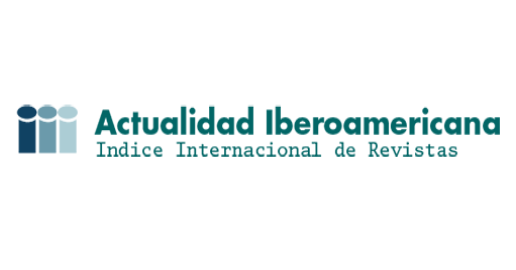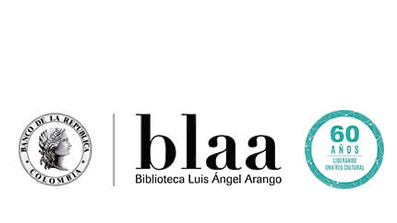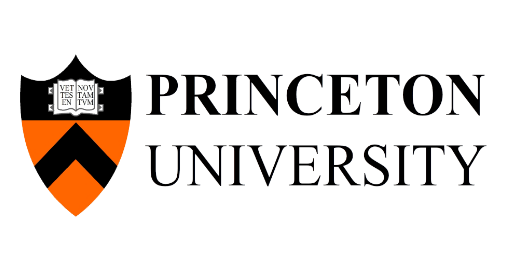Al enviar los artículos para su evaluación, los autores aceptan que transfieren los derechos de publicación a Cultura Latinoamericana. Revista de Estudios Interculturales para su publicación en cualquier medio. Con el fin de aumentar su visibilidad, los documentos se envían a bases de datos y sistemas de indización, así mismo pueden ser consultados en la página web de la Revista
Resumen
El objetivo de este artículo de investigación es dar una visión de conjunto de lo que es el paisaje lingüístico de Cuba después de más de 50 años de revolución socialista, ya que puede considerarse un lente para interpretar hechos sociales y políticos. A través de una metodología cualitativa, el artículo presenta los datos extraídos del paisaje lingüístico Cubano y analiza el mensaje político, las características lingüísticas y los objetivos de una muestra de anuncios presentes en el LL cubano, y como esto ha sido utilizado por el sistema de propaganda en Cuba con la finalidad de celebrar la revolución, difundir los valores y las ideas revolucionarias.
Palabras clave

Citas
Backhaus, P. (2007). Linguistic landscapes: A comparative study of urban multilingualism in Tokyo. Clevedon: Multilingual matters.
Barni, M.; Bagna, C. (2015). The critical turn in LL. New methodologies and new items in LL. Linguistic Landscape, 1:1/2, p. 6-18; p. 7.
Blommaert, J.; Maly, I. (2014). Ethnographic linguistic landscape analysis and social change: A case study. Tilburg Papers in Culture Studies, (100), p. 3.
Capozzi, M.R. (2014). I linguaggi della persuasione: propaganda e pubblicità. Gentes, I, 1, retrieved on 9 September 2018: https://www.unistrapg.it/sites/default/files/docs/university-press/gentes/gentes-2014-1-99.pdf.
Cushing, L. (2003). Revolución! Cuban Poster Art. San Francisco: Chronicle Books.
Edelman, M. (1985). The symbolic uses of politics. Chicago: University of Illinois Press.
Ferraresi, M.; Mortara, A.; Sylwan, G. (2007). Manuale di teorie e tecniche della pubblicità. Roma: Carocci.
González, A. (2008). ¡Vaya valla! Análisis del discurso de vallas habaneras de inicio de siglo XXI. Perfiles de la cultura cubana, 13, retrieved on 9 March 2018 from: http://www.perfiles.cult.cu/article.php?article_id=328, par. 3.
Gonzalez, A. (2017). Cuba en vallas. El imaginario de la revolución cubana a través de sus vallas políticas. Barcelona: Pollen.
Institute for Propaganda Analysis. (1939). The fine art of propaganda: A Study of Father, Coughlin’s Speeches (A. Mc Clung Lee, E. Briant Lee, Eds.). New York: Harcourt Brace.
Jowett, G.; O’Donnell, V. (2011). Propaganda and persuasion. Thousand Oaks: SAGE Publications.
Kunzle, D. (1975). Public Graphics in Cuba: A Very Cuban Form of Internationalist Art. Latin American Perspectives, 2(4), p. 89-110.
Landry, R., & Bourhis, R. Y. (1997). Linguistic Landscape and Ethnolinguistic Vitality: An Empirical Study. Journal of Language and Social Psychology, 16(1), 23–49. Lasswell, H. (1927). Propaganda technique in World War I, Knopf, New York.
Liu, A. (2001). “Mass Campaign in the People’s Republic of China During the Mao Era”. R.E. Rice, C.K. Atkin (Ed), Public communication campaigns (pp. 286-289). New York: Sage Publications.
Ortega, D.H. (2006). ‘En cada barrio’: Timocracy, Panopticism and the Landscape of a Normalized Community”. Culture Machine, 8, retrieved on 9 March 2018 from http://www.culturemachine.net/index.php/cm/article/view/42/50, par. 3.
Pons, E.H. (2008). Aggressive and Passive Propaganda: Cuba and the United States. Pone access Theses, 230, retrieved on 9 March 2018 from http://scholarlyrepository.miami.edu/cgi/viewcontent.cgi?article=1229&context=oa_theses.
Rutherford, P. (2000). Endless Propaganda: The Advertising of Public Goods. Toronto: Toronto University Press.
Shohamy, E. (2015). LL research as expanding language and language policy. Linguistic Landscape, 1(2), pp. 152-172, pp. 153-4.
Sloboda, M. (2009). “State ideology and linguistic landscape: A comparative analysis of (post)communist Belarus, Czech Republic and Slovakia”. En E. Shoham; D. Gorter (eds.), Linguistic landscape. Expanding the scenery (pp. 173-188, p. 6). London: Routledge,
Sontag, S. (1970). “Posters: Advertisement, Art, Political Artifact, Commodity”. En D. Stermer (ed.), The art of Revolution: 96 Posters from Cuba (pp. vii-xxiii) London: Pall Mall Press.
Soules, M. (2015). Media, persuasion and propaganda. Edinburgh: Edinburgh University Press.
Testa, A.M. (2003). La pubblicità. Bologna: Il Mulino.
Turner, A.B. (2007). Propaganda in Havana: The Politics of Public Space and Collective Memory in the Socialist City. Urban Studies Program. University of Pennsylvania, retrieved on 9 March 2018 from: http://repository.upenn.edu/cgi/viewcontent.cgi?article=1007&context=senior_seminar, p. 10, 26, 51.
Volli, U. (2003). Semiotica della pubblicità. Roma-Bari: Laterza.





























